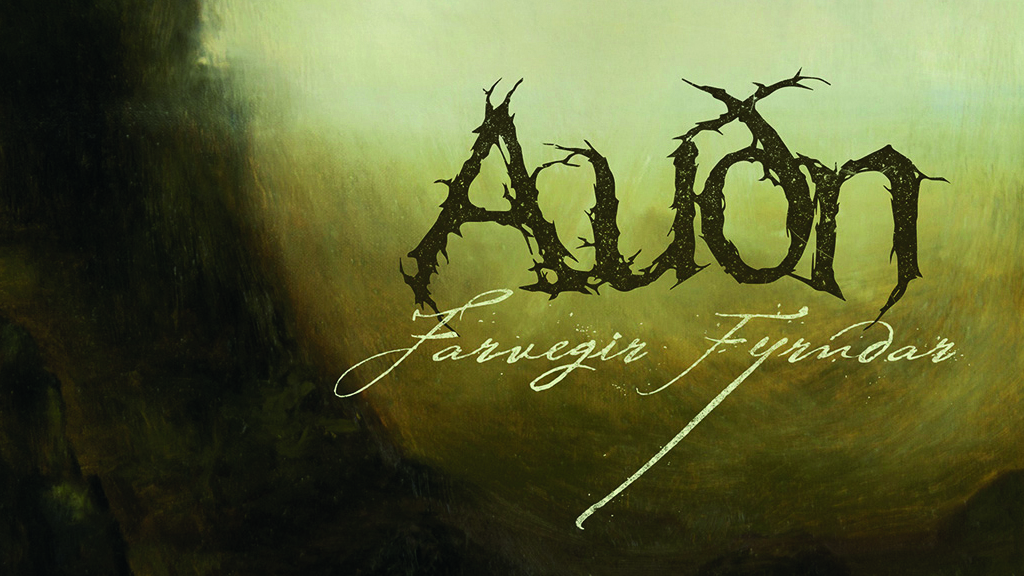Subterranea was first introduced to Auðn at the Icelandic leg of the 2015 Wacken Metal Battle, the prize being the opportunity to compete with winners of other countries at that most esteemed of metal meccas. They just missed out that year, going on to win it in 2016, where they later finished within the top three at the festival proper, consolidating their growing reputation with a debut that generated enough buzz to see them perform at Iceland’s premier metal festival, Eistnaflug, and the oft-vaunted Roadburn in 2017. Suffice to say, they’ve grown into themselves over the past few years, and the baleful, coruscating black metal of Farvegir Fyrndar is their strongest showing of that yet.
Hailing from the remote village of Hveragerði on Iceland’s southern coast, Auðn differ from much of the country’s burgeoning extreme output. Where bands such as Draugsol, Dynfari and Mis|pyrming have forged boldly into realms caustic and experimental, Auðn’s relatively conservative approach harks back to a simpler time – straight up second-wave worship that focuses on rhythm and sorrowful melodies, rousing power and intensity over esoteric experimentation. Take the age-old trick on Haldreipi Hugans of a powering, miserable riff, burning at a solemn pace only for the exhilarating onset of percussive fervency – a thrill that never gets old – or the towering six minutes of Ljósaslæður, whose delicate, instrumental beginnings show no sign of the cold fury it gradually ramps up to. Punishing vocalist Hjalti Sveinsson is remorseless throughout, showing little range, but complementing the maddening leads of Eilífar Nætur perfectly, his harsh rasp often sounds discomforting. For those who feel modern black metal has too far distanced itself from its nascent beginnings, Auðn serve to reassure that the original black spark is still starting fires. Those for whom black metal’s evolution continues to delight and surprise may find Farvegir Fyrndar a little linear, but there’s no doubting its memorable misanthropy. Auðn may be rooted in the past, but they’ve brought it back to the present with burning intensity.
